Surface water into clean drinking water... anywhere
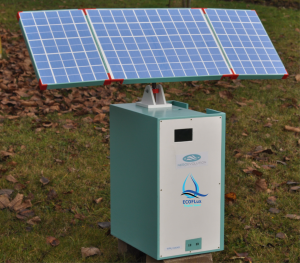
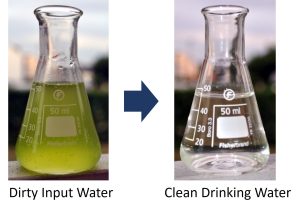
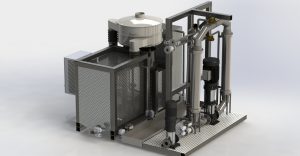
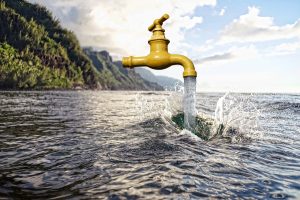
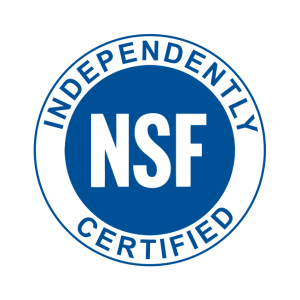

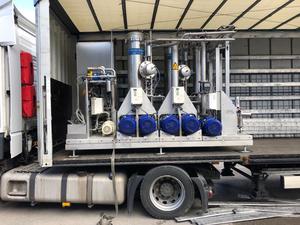
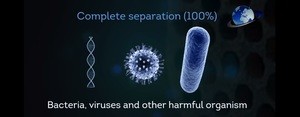
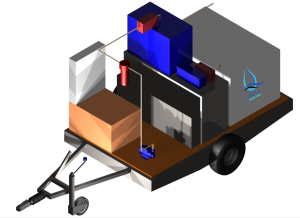
Perceptible Water Quality Issues
Your first diagnostic tools are your senses. You can see, taste, smell, and feel contaminated water. Water that is red, orange, yellow, brown, or cloudy can signal iron, rust, or other contaminants in the mains or your plumbing. Tannins from snad/silt, decaying vegetation and leaves can also give water a yellow or brownish hue.
The main perceptible signs of water issues include:
- Scale Deposits
- Staining
- Bad Taste & Smell
- Cloudiness & Discoloration
- Corrosion
Water is contaminated with very fine suspended particles (siltation), not visible to the human eye. These mineral suspended solids are silt & atmospheric dust, which have an abrasive impact on industrial equipment & textiles and result in stains on fixtures or tanks
Foul-smelling or bad-tasting water are signs of impurities. Here are common water odor or taste problems you might encounter:
- Musty, earthy odors and tastes may signal dissolved solids. Such aromas and tastes may be caused by decaying organic matter in the plumbing or even in the source water itself.
- Then there’s the smell and taste of chlorine. It’s there for disinfection to make water safer to drink and originates during the normal chlorination treatment process, but to enjoy the taste you may want to get rid of it.
- If water smells or tastes like turpentine or other chemicals that might indicate the presence of methyl tertiary butyl ether (MTBE) or xylenes, byproducts of gasoline refining, paints, detergents, or inks.
- Metallic smells and tastes may be a sign of mercury, lead, arsenic, copper or iron in the water. Manganese and zinc may also cause a metallic smell or taste. These chemicals may come from the pipes themselves.
Mercury is a naturally occurring metal that has several forms. The metallic mercury is a shiny, silver-white, odorless liquid. If heated, it is a colorless, odorless gas. Mercury combines with other elements to form inorganic mercury compounds. Mercury also combines with carbon to make organic mercury compounds. The most common form of organic mercury, methyl mercury, is produced mainly by microscopic organisms in the water and soil. Organic mercury can accumulate in microorganisms, water plants, and eventually sport fish tissue. It is a cause of consumption warnings for sport fish from some inland lakes and rivers, especially in the northern United States.
Why does it work?
Because size, shape & concentration matter
Every contaminant has its own specific size & shape. Some are dissolved, some are in suspension. Some float, others sink.
Hillsbridge developed a system that completely separates contaminants from clean water, regardless of their size, shape or cncentration.
To compare:
- Human hair is 75 micron in diameter, it's length can range from 1 mm to 1 meter.
- The number of contaminants (e.g. bacteria) can vary considerably. Membranes act as a barrier, separating clean water from contaminants such as bacteria.
The units are equiped with robust & long lasting ceramic membranes and a Reverse Osmosis stage to even remove dissolved salts from water.
For safety purposes, water is treated by a high efficient LED-UV disinfection before use as potable water.
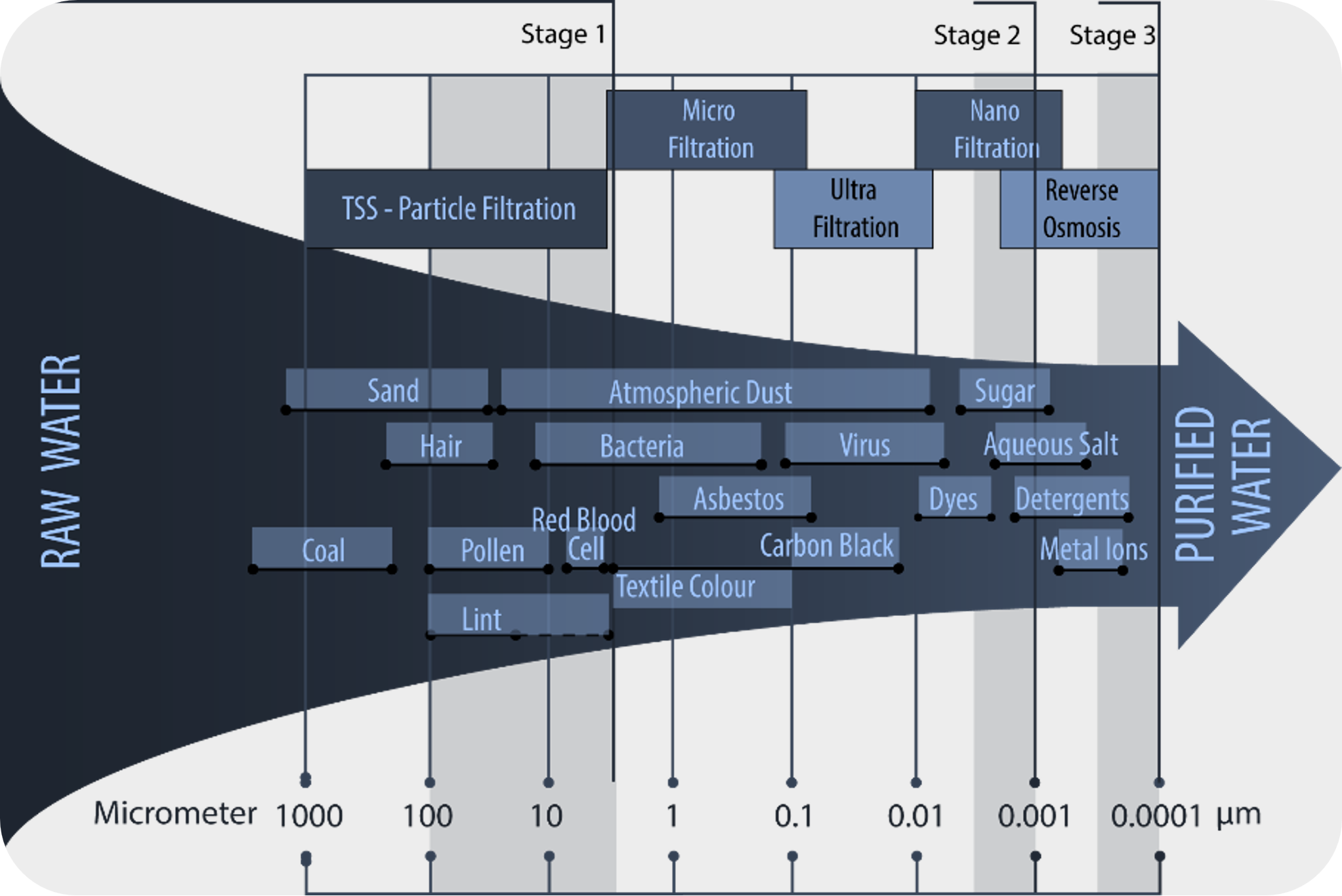
How small is small?
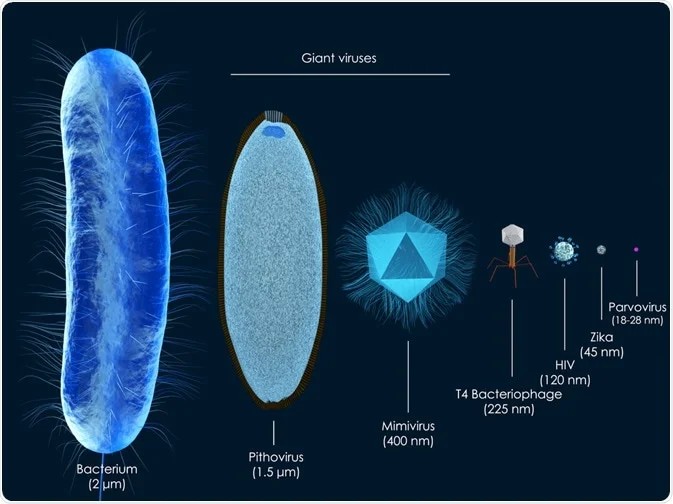
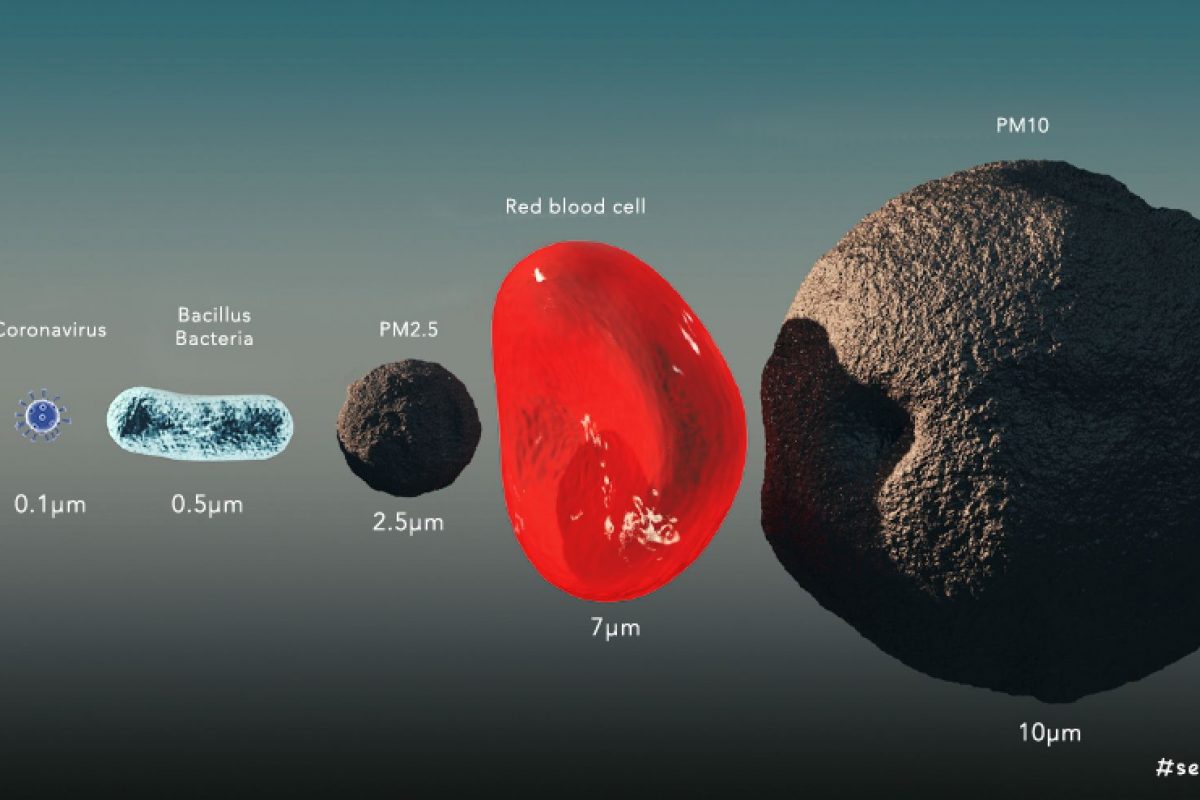
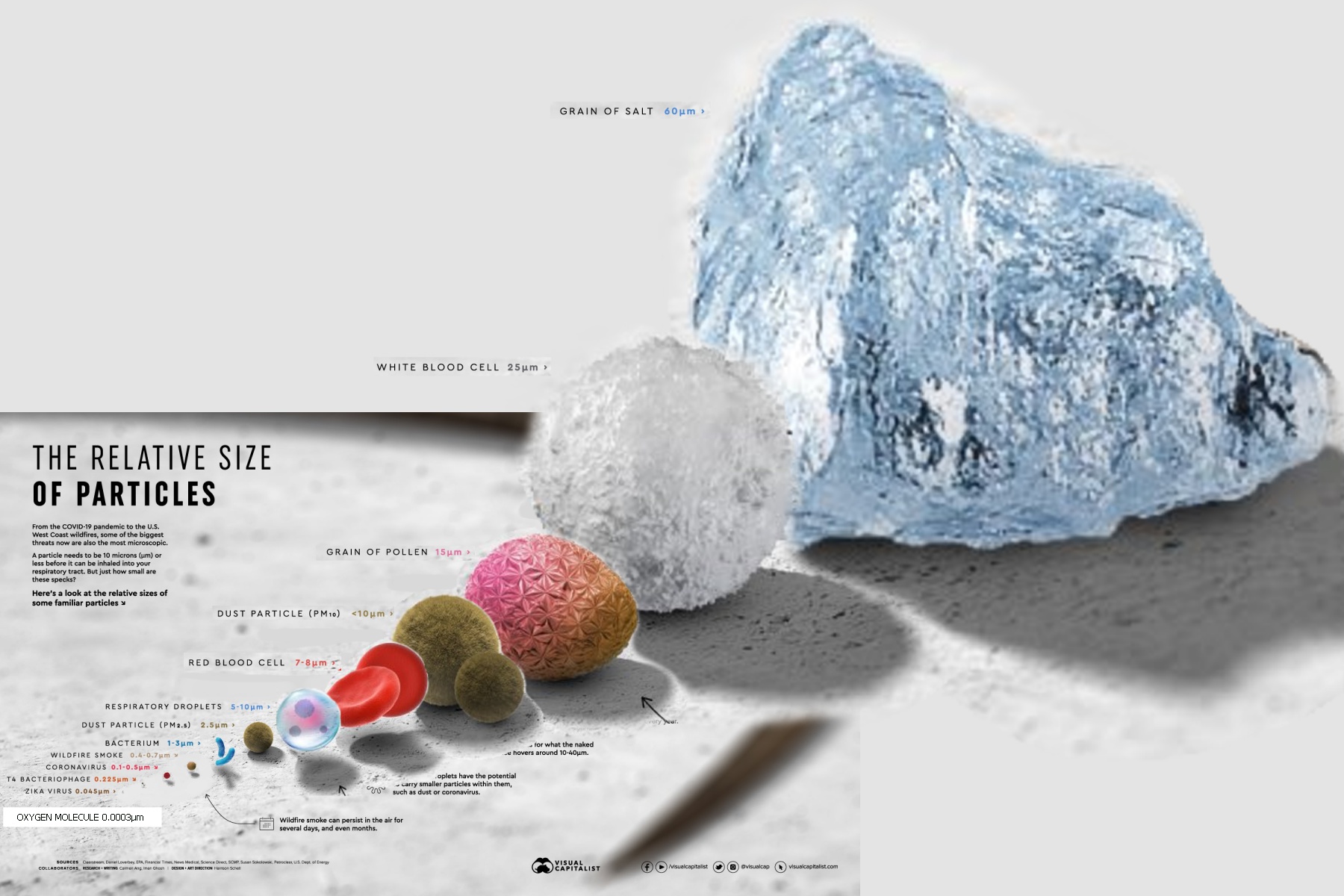
Tailored water treatment to specific areas of application
We don't sell equipment.
We provide integrated solutions.
H2O - Water - Agua - Eau - Wasser - Acqua - ماء
Water has become a focus, globally. Concerns about water scarcity and quality are on the rise. A more circular and therefore more sustainable economy requires valuing wastewater for its potential, rather than discarding or ignoring it.
More than just an alternative source of water, safe wastewater management could help protect our ecosystems and give us clean water, energy, nutrients and other recoverable materials.
- Join the Flow -
Innovative Water & Wastewater Treatment Systems Integration
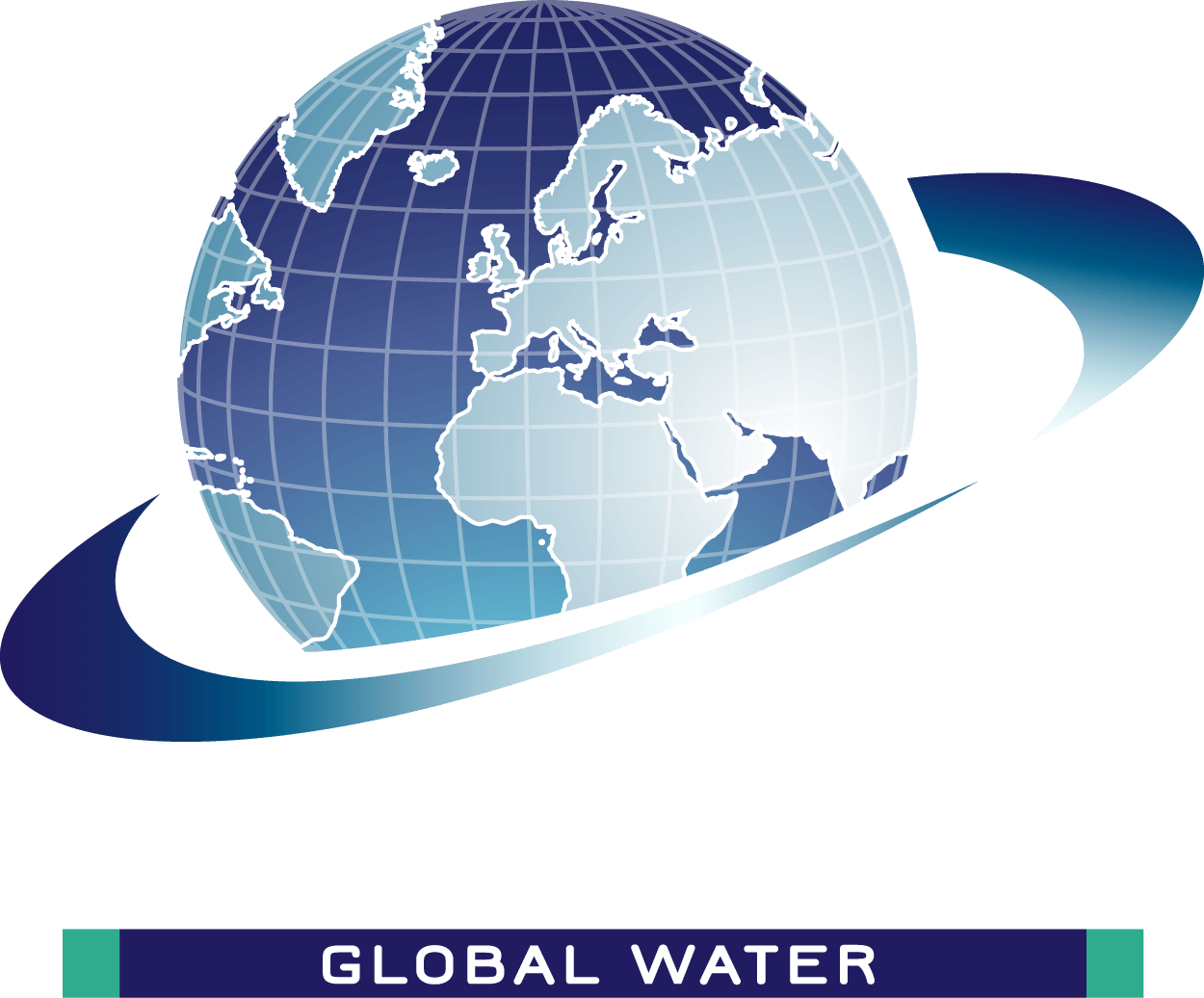
© 2024 Hillsbridge Global Water FZCO. All rights Reserved